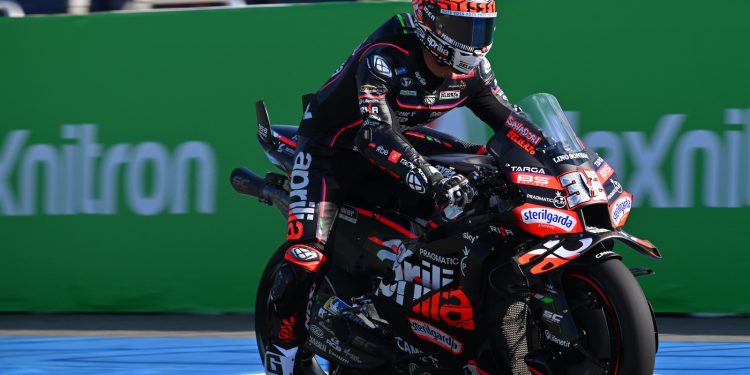Lorenzo Savadori’s testing during the Thailand GP highlights Aprilia’s ongoing development approach, which integrates new components and refinements into real race conditions rather than relying solely on private test sessions.
Key Takeaways:
1. Incremental Updates, Not Major Overhauls
Savadori confirms he tested new things but downplays their significance, implying small refinements rather than groundbreaking innovations.
Aprilia is likely focusing on fine-tuning aspects of the RS-GP, such as aerodynamics, chassis flexibility, or electronic settings.
2. Race Context Testing as an Advantage
Testing in an actual race setting provides real-time comparisons with competitors, exposing strengths and weaknesses more clearly.
Engineers get more valuable data than from isolated testing because all variables—track conditions, tire wear, and competition—are real-world.
It speeds up development by providing immediate feedback under competitive pressure.
3. Aprilia’s Development Philosophy
Aprilia appears to prioritize continuous evolution rather than major mid-season redesigns.
Their approach mirrors that of top teams, where improvements are gradual but steady.
Given the rising competitiveness of the RS-GP, these refinements could be crucial for maintaining pace with Ducati and KTM.
4. Savadori’s Role and the Argentine GP
With Jorge Lorenzo injured, Savadori’s presence in Argentina means more track time to collect data.
His role as a test rider in a race scenario strengthens Aprilia’s knowledge base and could influence future upgrades.
Final Thoughts:
While no groundbreaking changes were tested, Aprilia’s strategy of incremental, real-world refinements keeps them competitive. Savadori’s presence in Argentina will be another opportunity to fine-tune the RS-GP, ensuring the bike’s continued evolution throughout the season.



